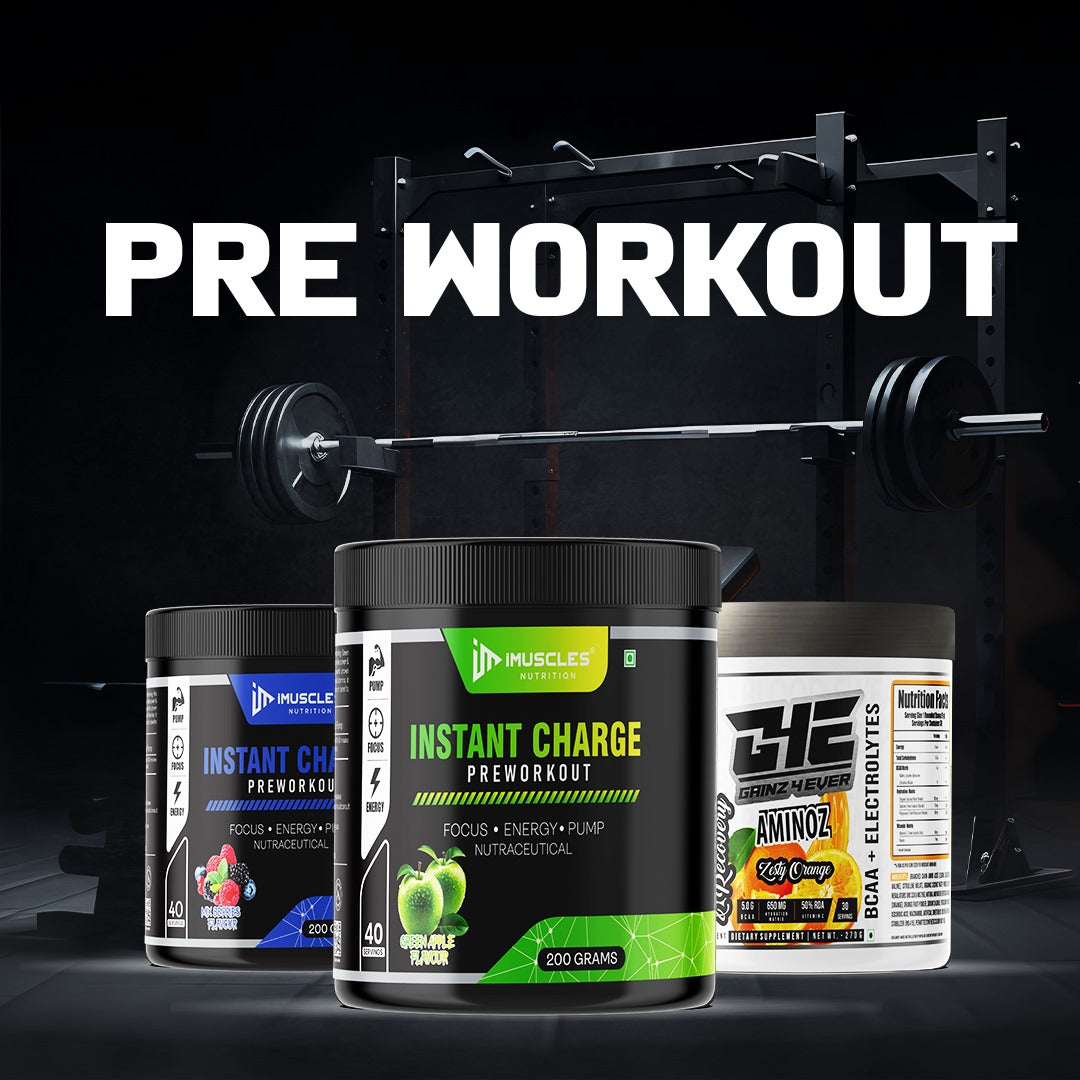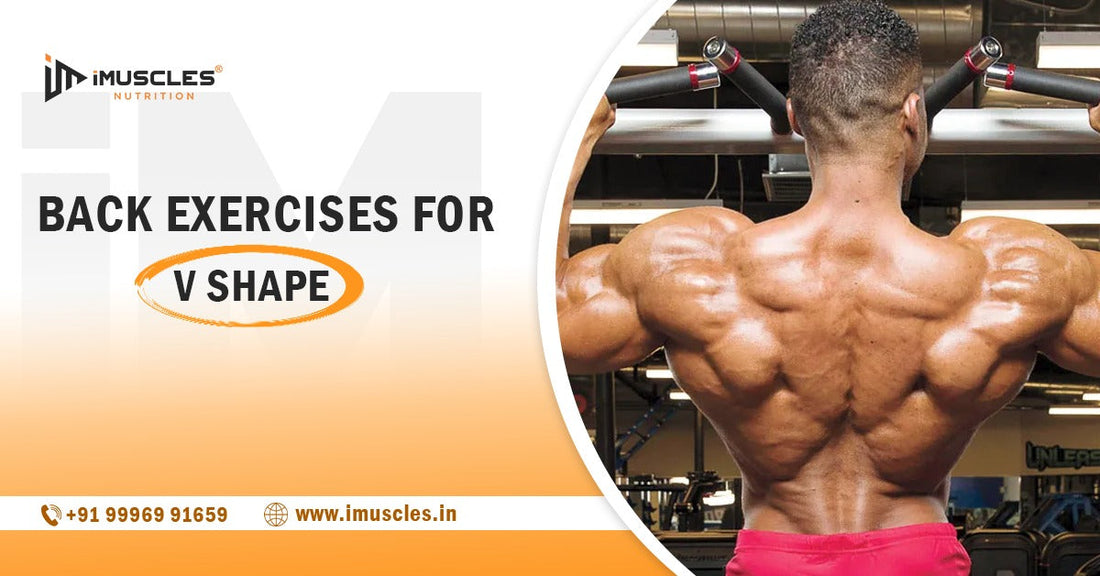Achieving a V-shaped physique has become a goal for many fitness enthusiasts, and for good reason. The V-shape not only creates an aesthetically pleasing silhouette, but it also symbolizes strength, power, and balance. If you're looking to sculpt that coveted V-shaped torso, the key lies in building a wide back with well-defined muscles. This requires targeted exercises that emphasize the lats, traps, and rear delts.
In this comprehensive guide, we will explore the best back exercises for developing a V-shape. These exercises are designed to strengthen the muscles necessary for a broader, more defined upper body. Whether you're a beginner or a seasoned lifter, the following exercises will help you on your journey to creating that enviable V-shaped physique.
Understanding the Anatomy of the V-Shaped Physique
Before diving into the exercises, it's important to understand what muscles contribute to the V-shape and how they function together.
- Latissimus Dorsi (Lats): The lats are the large muscles on either side of your back, extending from the mid-back to the sides. When developed, they give the back its width, which is essential for achieving the V-shape.
- Trapezius (Traps): The traps, located in the upper back and neck region, play a crucial role in creating thickness and adding definition to the upper portion of your back.
- Rhomboids and Rear Delts: The rhomboids are muscles between the shoulder blades, and the rear delts are at the back of your shoulders. Both help with posture and upper back development.
- Core and Obliques: A strong core enhances posture, improves stability, and makes your waist appear smaller in comparison to your broad upper back, thus enhancing the V-shape.
The Best Back Exercises for Building a V-Shape
Now that we understand the muscles involved, let’s look at the most effective back exercises that target these key areas for achieving a V-shaped body.
1. Pull-Ups

Why It Works: Pull-ups are a bodyweight exercise that primarily targets the lats. When performed regularly, pull-ups create a broad, well-defined back. They also engage the biceps, shoulders, and core.
How to Do It:
- Grab a pull-up bar with your palms facing away from you (pronated grip), hands shoulder-width apart.
- Hang with your arms fully extended, and your legs slightly bent.
- Pull your body up until your chin is above the bar, squeezing your shoulder blades together at the top.
- Slowly lower your body back to the starting position.
Tip: To increase intensity, try weighted pull-ups or variations like wide-grip pull-ups to further emphasize your lats.
2. Lat Pulldowns

Why It Works: Lat pulldowns are a great alternative to pull-ups, especially for beginners. This machine-based exercise targets the lats, offering a controlled movement that isolates the muscle.
How to Do It:
- Sit at the lat pulldown machine and grasp the bar with a wide, overhand grip.
- Pull the bar down toward your chest while keeping your back straight and chest up.
- Slowly release the bar back to the starting position, fully extending your arms.
Tip: Focus on using your lats to pull the bar down, not your arms. Avoid leaning backward during the movement to ensure proper form.
3. Barbell Rows
Why It Works: Barbell rows are a staple for building thickness in the back. This compound movement targets the lats, rhomboids, traps, and rear delts, helping to add depth to your V-shape.
How to Do It:
- Stand with your feet shoulder-width apart, holding a barbell with a pronated grip.
- Bend at the hips to lower your torso to about a 45-degree angle, keeping your back straight.
- Row the barbell toward your lower chest, squeezing your shoulder blades together at the top.
- Lower the barbell back to the starting position in a controlled manner.
Tip: Focus on pulling with your elbows, not your hands, to better engage your back muscles.
4. Single-Arm Dumbbell Rows

Why It Works: Single-arm dumbbell rows are excellent for isolating each side of your back. This unilateral exercise ensures balanced development and allows you to focus on proper form.
How to Do It:
- Place one knee and hand on a bench for support, with the other foot on the floor.
- Hold a dumbbell in the free hand and row it toward your hip, keeping your elbow close to your body.
- Squeeze your back muscles at the top, then lower the dumbbell slowly.
Tip: Keep your torso stable and avoid rotating your body during the movement to maximize lat engagement.
5. T-Bar Rows

Why It Works: T-bar rows are a great compound movement that focuses on the middle back and rear delts, contributing to overall back thickness. This exercise is also fantastic for targeting the rhomboids.
How to Do It:
- Set up a T-bar row machine or use a landmine attachment with a barbell.
- Straddle the bar and grasp the handles, keeping your chest up and core tight.
- Pull the bar toward your chest, keeping your elbows close to your body.
- Slowly lower the bar and repeat.
Tip: Use a neutral grip for a more comfortable position and a stronger range of motion.
6. Face Pulls

Why It Works: Face pulls are an excellent exercise for developing the rear delts and upper traps, helping to improve posture and create definition in the upper back.
How to Do It:
- Set a rope attachment on a cable machine at eye level.
- Grab the rope with both hands, palms facing each other.
- Pull the rope toward your face, keeping your upper arms parallel to the floor.
- Squeeze your shoulder blades together at the top and slowly release the rope back.
Tip: Perform face pulls with higher reps (12-15) to really target the rear delts and upper traps.
7. Deadlifts

Why It Works: Deadlifts are a full-body exercise that works the back, glutes, and legs. While primarily focused on the lower back, deadlifts also help to improve overall posture, which contributes to the V-shape.
How to Do It:
- Stand with your feet hip-width apart and the barbell over your mid-foot.
- Grasp the barbell with a mixed grip (one palm facing you, one facing away).
- Lower your hips and engage your core before lifting the barbell with your legs and back.
- Stand tall with the barbell at your thighs, then lower it back to the floor with control.
Tip: Keep your back straight throughout the movement to prevent injury and ensure that your back muscles are properly engaged.
Tips for Maximizing V-Shape Development
To build the V-shape effectively, follow these tips:
- Progressive Overload: Gradually increase the weight or reps in your exercises to challenge your muscles and stimulate growth.
- Proper Nutrition: A balanced diet with enough protein is essential for muscle recovery and growth. Ensure you are eating enough to support your training regimen.
- Rest and Recovery: Muscles grow while resting, so make sure you're getting enough sleep and allowing adequate recovery time between workouts.
- Consistency: Achieving a V-shaped physique takes time, so stay consistent with your training and nutrition plan.
- Mind-Muscle Connection: Focus on feeling the muscles you're working on during each exercise to ensure maximum activation and muscle growth.
Conclusion
Building a V-shaped physique requires dedication, the right exercises, and a proper diet. By incorporating the exercises outlined in this guide, you can target the muscles that create width and definition in your back, helping you achieve your goal. Consistency and proper form are key, so stay patient and disciplined as you work toward your V-shape transformation.
With a well-rounded back workout routine and a focus on progressive overload, you can develop the wide, defined back that gives you that iconic V-shape. Stay focused, train hard, and watch your body transform!


